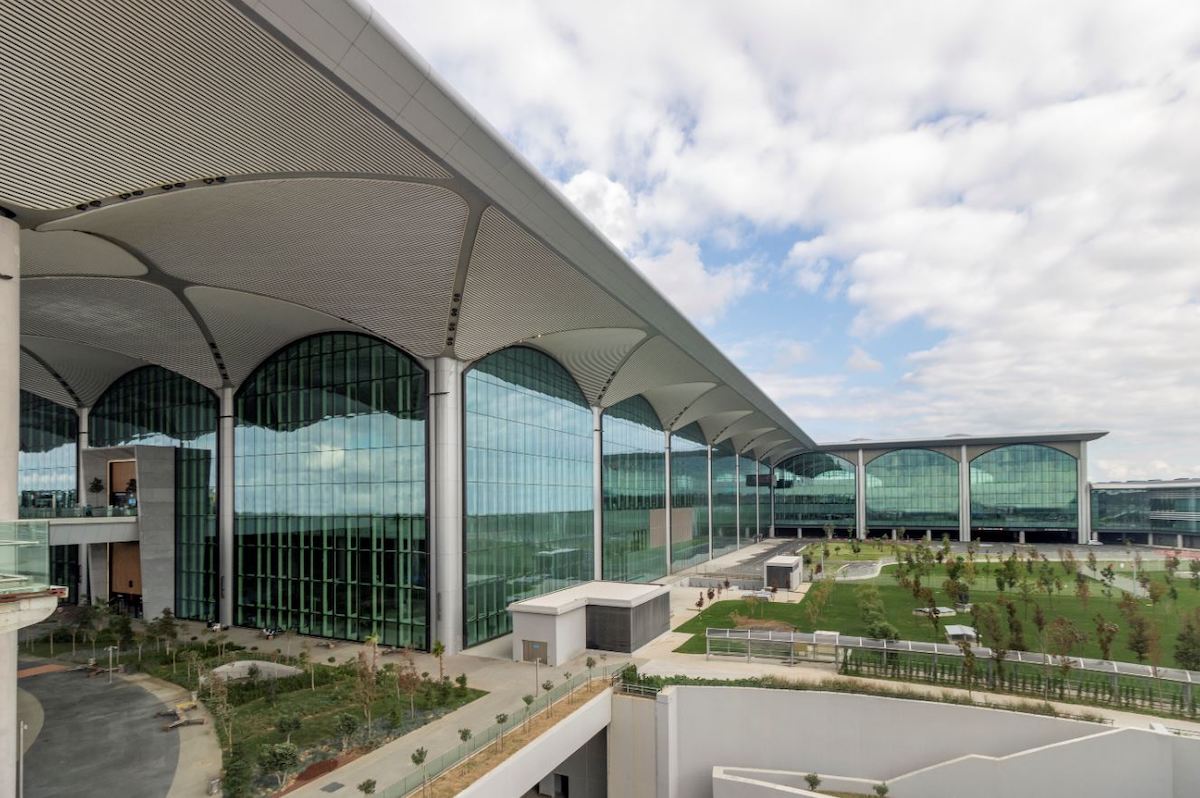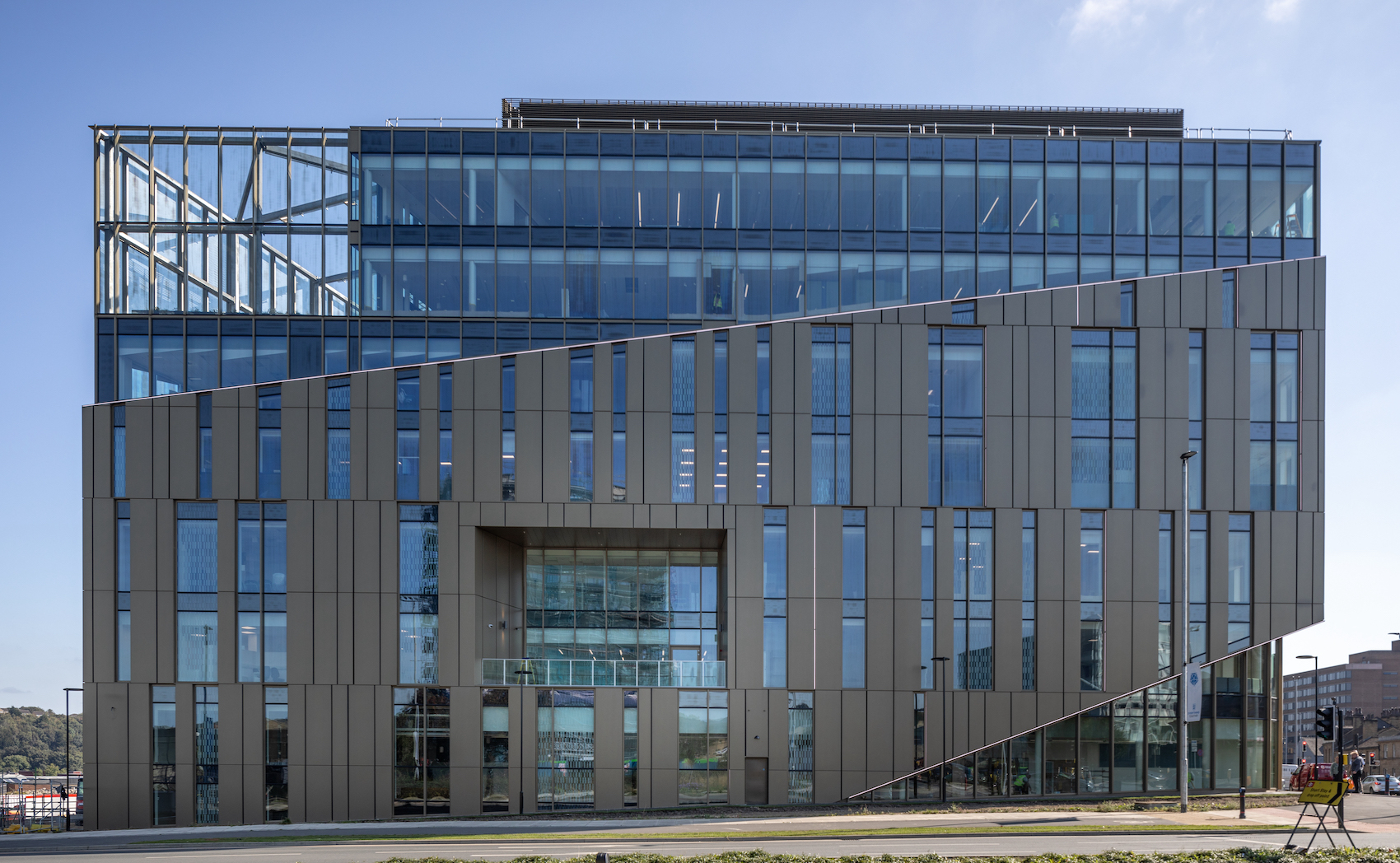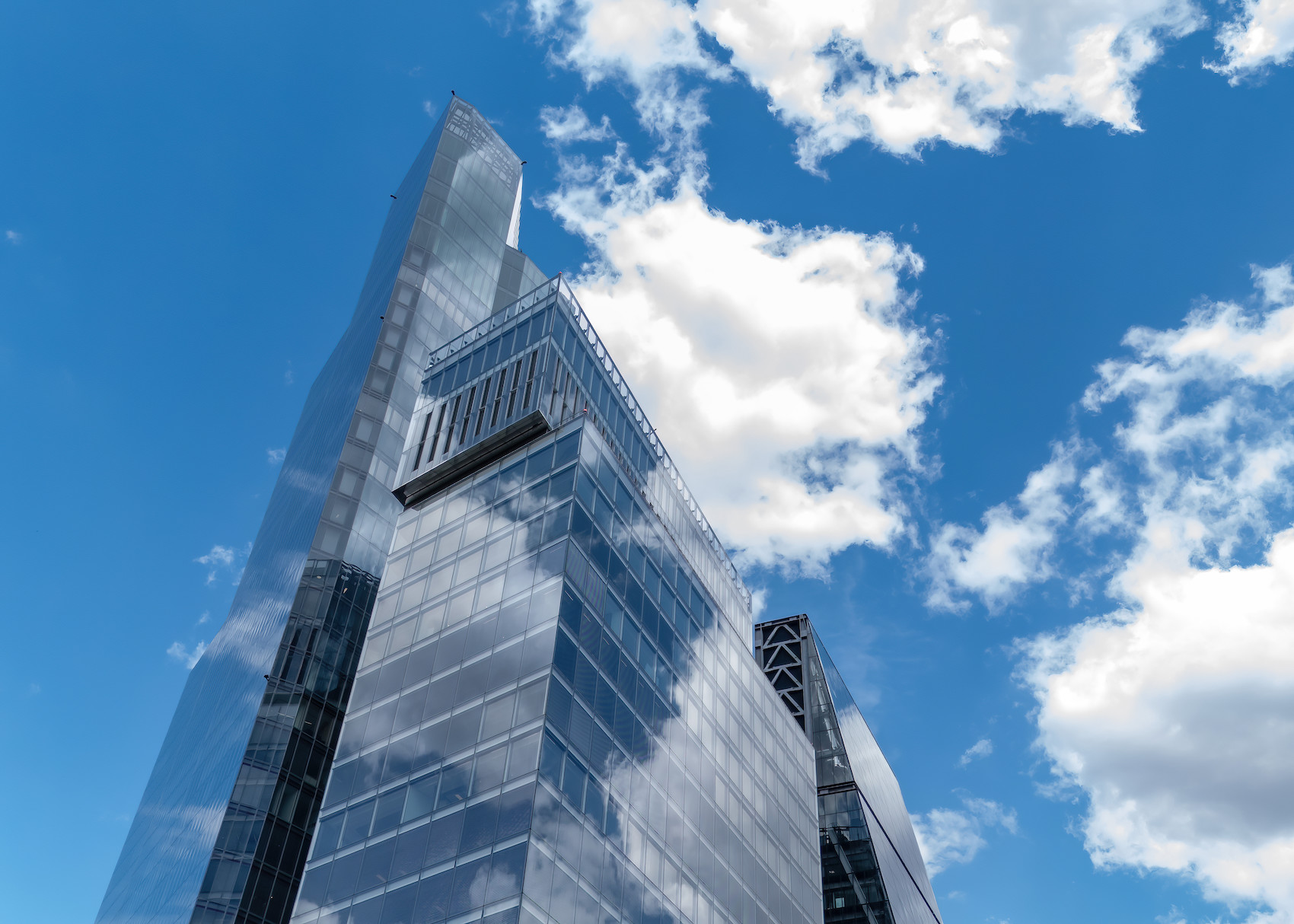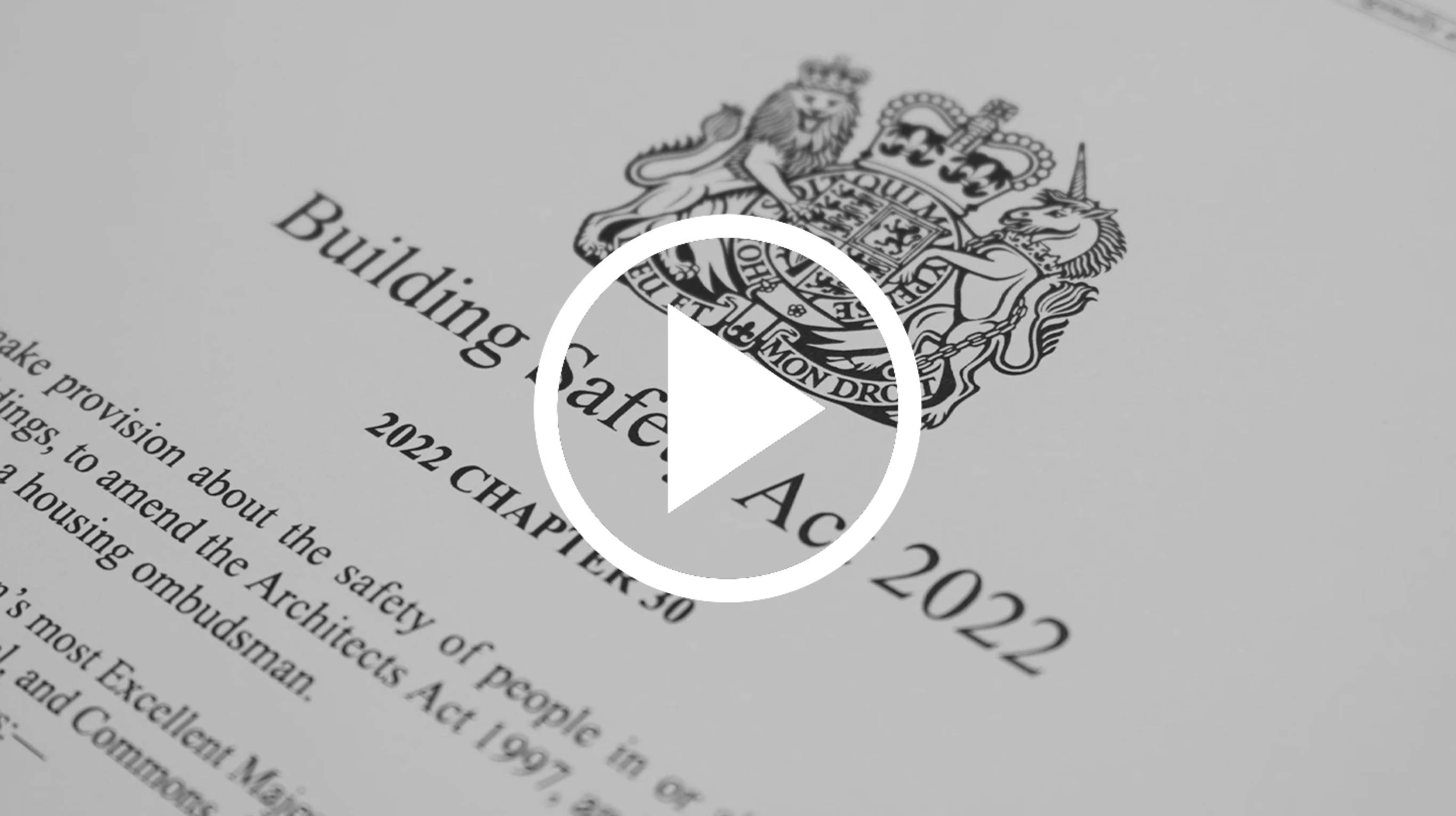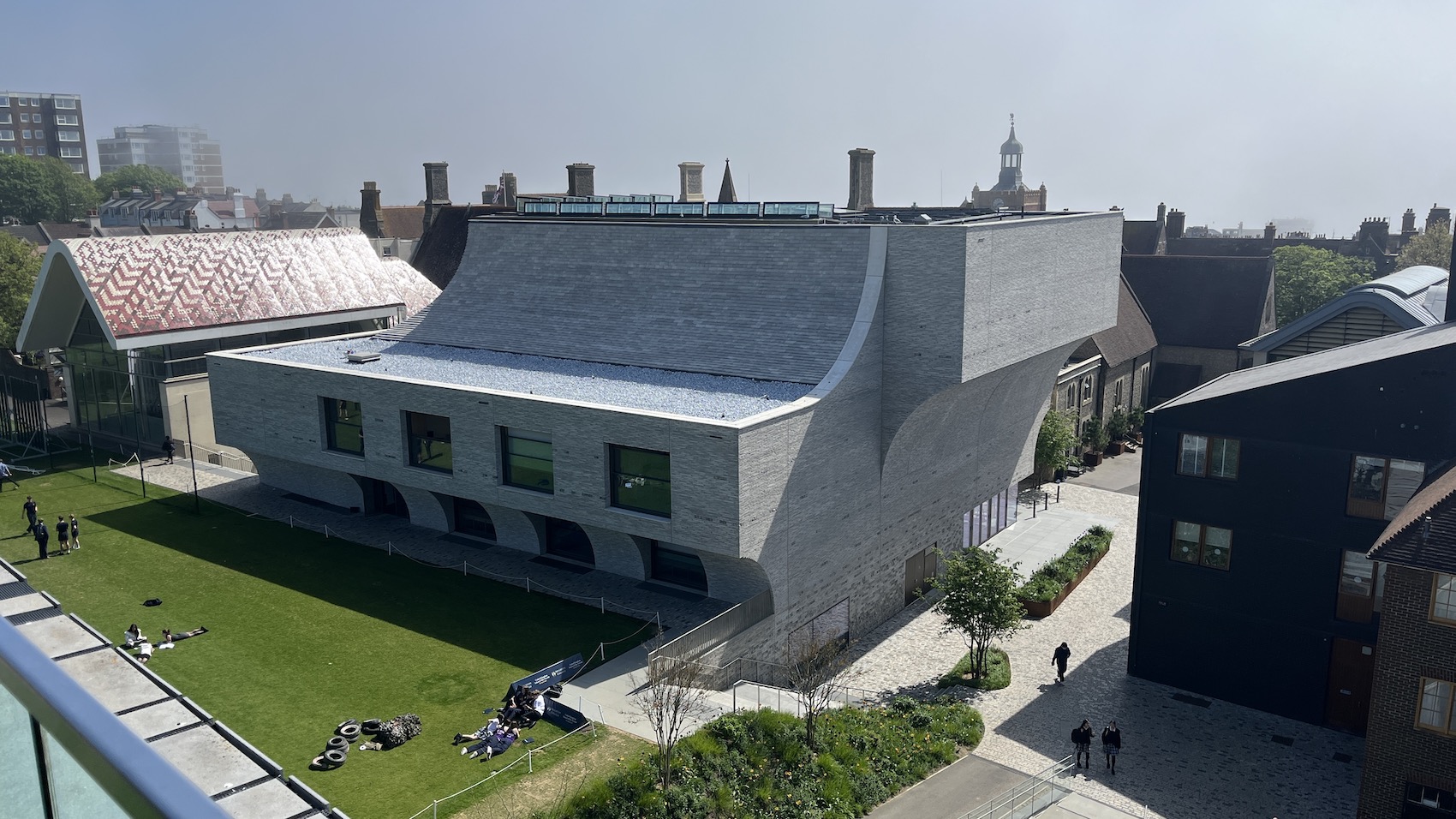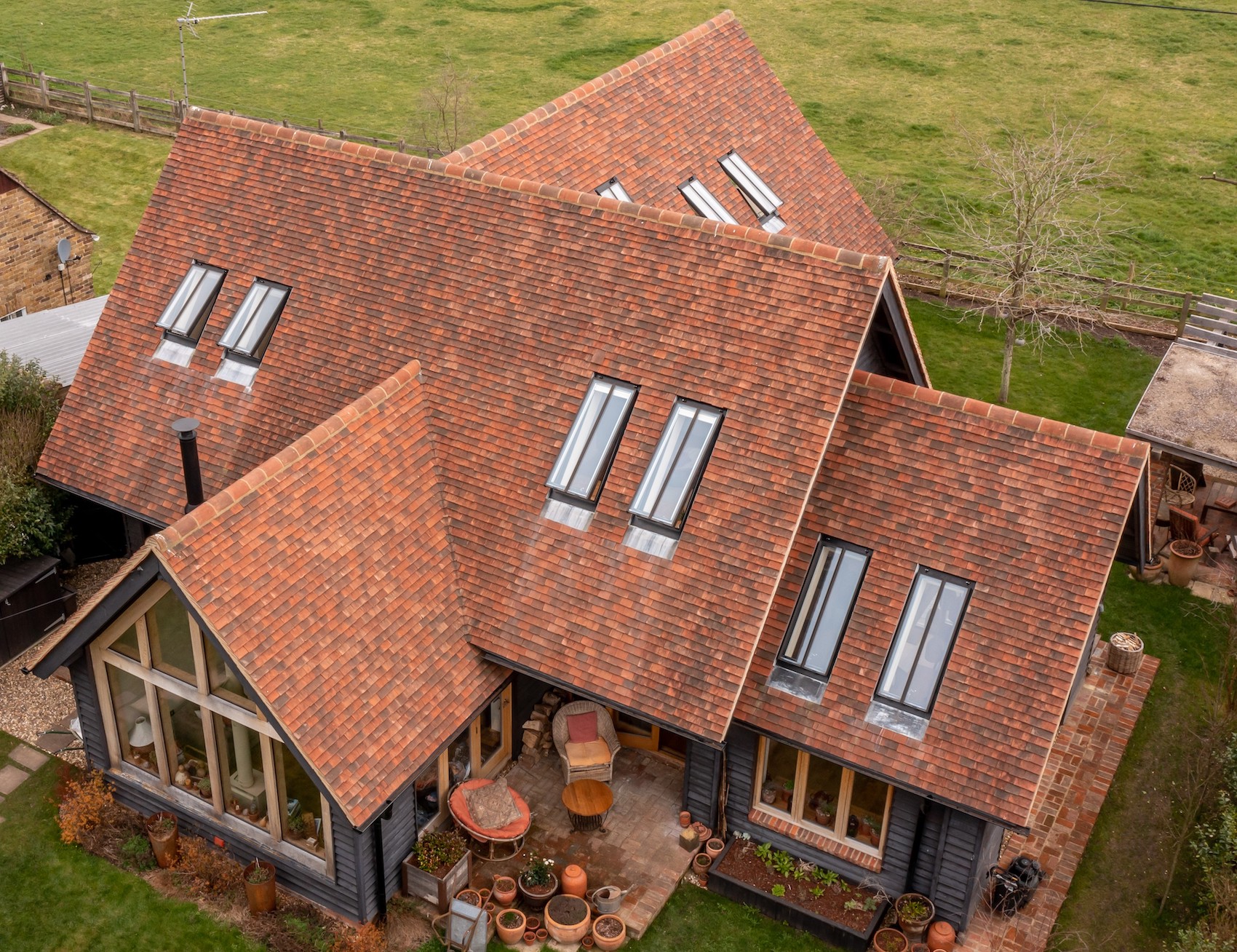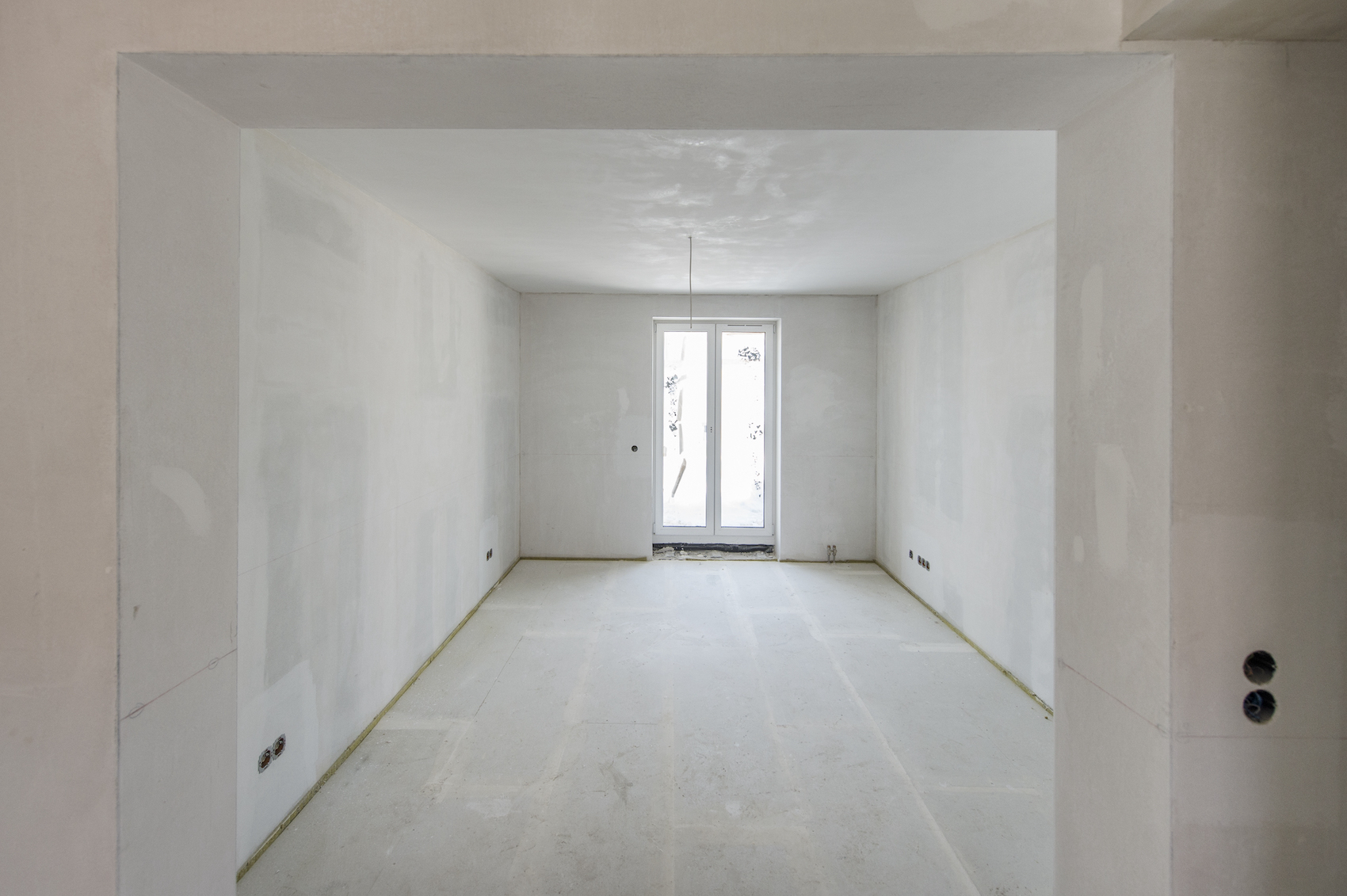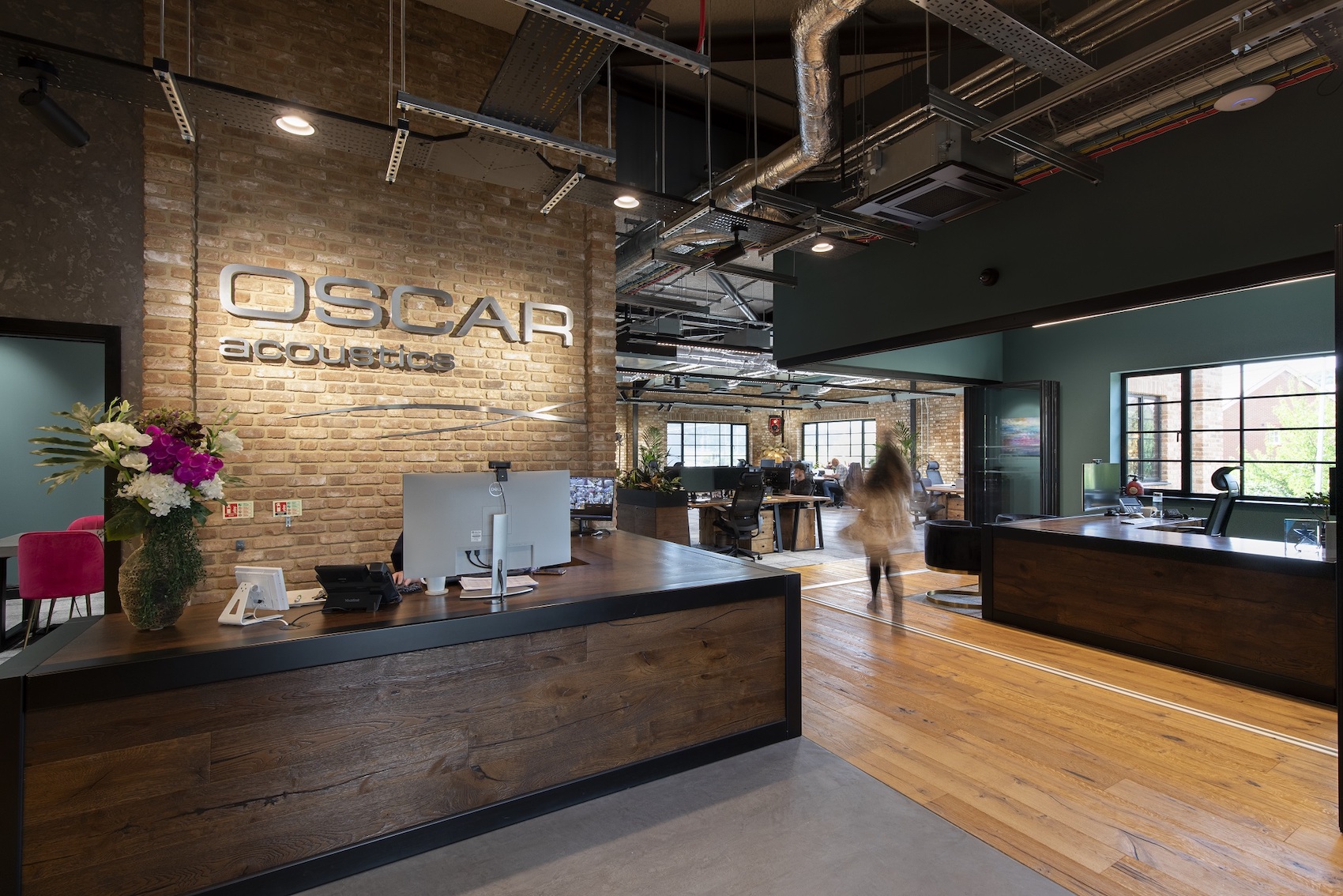Roofing specialists from AccuRoof, SIG Hard Metals, and SIGA Slate, in conversation with Architecture Today’s John Ramshaw, discuss the costs involved in specifying flat, metal and slate roofs, as well as how architects can ensure their designs provide value for money.
In association with![]()
Photo: IKO
Roofing design is a complex business, frequently requiring specifiers to balance competing demands for environmental performance, safety, and fitness-for-purpose, with good aesthetics and cost effectiveness. Of all these, cost is perhaps the least understood and/or fully considered factor, whose impact goes far beyond the ‘bottom line’, influencing a range of interrelated issues that can determine the successful outcome of construction projects.
So where do the main costs lie when considering different roofing options? How are changing market conditions impacting the price of roofing materials? And what can specifiers do to ensure their designs provide value for money, while remaining aesthetically pleasing and achieving high levels of performance? These questions and more are answered by Trading Director of AccuRoof – formerly SIG Design & Technology – Rob Edwards, SIG Hard Metals Category Manager Simon Walker, and SIGA Slate Business Development Director Jeremy Cline, in conversation with Architecture Today’s Technical Editor John Ramshaw.
What is the biggest cost associated with flat roofing?
Rob Edwards: While individual product costs are of course important for every project, it is the complete roof system (including installation cost) in relation to the wider specification that is the key consideration. For example, a mechanically fixed single ply membrane with a loose-laid polyethylene AVCL layer is a cost-effective solution in terms of the roofing components alone. However, if the roofing project utilises a concrete deck, the installation cost would be much higher than that of a timber or metal decked scheme, due to the pre-drilling of all fixings needed to install the insulation and membrane. Another example is liquid roofing. Some liquid products cost appear costly compared to alternative flat roofing solutions. But these products are a lot quicker to install, which can significantly reduce labour cost. And they are even more cost effective, compared to say membrane products, if the roof has multiple penetrations.
The crescent-shaped balconies at the Riverwalk apartments on the River Thames in London by Stanton Williams are a good example of where cold applied liquid waterproofing comes into its own (photo: Knight Asphalte).
Insulation is often viewed as the most expensive component within flat roof build-ups. What can specifiers do to control the cost of this item, while still ensuring good thermal performance?
Rob Edwards: Insulation is a high-cost component, but it’s crucial to specify the right insulation for the roof in terms of performance, safety and compatibility with the whole build up. Cost savings can be made by ensuring that any roofing areas requiring specialist insulation, such as vacuum insulated panels (VIPs), are only specified where absolutely necessary, due to the substantial comparable cost of these products over PIR or XPS insulation. By engaging with a trusted supplier, such as AccuRoof, early on, key decisions around upstand and threshold heights, as well as deck-to-falls versus tapered insulation, can be made, ensuring the optimal and most cost-effective insulants are used.
Is there much variation in the cost of different roofing membranes, and what are the main financial considerations when it comes to choosing one from another?
Rob Edwards: You’ve got to look at the product and who is going to install it. If the installer is not used to working with a particular product they will be on a steep learning curve, which may result in a lengthier and therefore more costly installation process. Specifiers should also consider guarantee periods and the service life of the membrane. Most manufacturers will have a product that can last up to 25 years, but obviously, the longer the warranty, the costlier the product tends to be. Detailing is another important consideration – does the specifier know how to correctly form key junctions, thereby avoiding problems going forward? This is something we can help with.
A well designed, well installed flat roof can make all the difference to your project. House in Surrey, flat roof installed by AJ Lucas Roofing Contractors (photo: A J Lucas).
What are the main cost considerations for ancillaries, such as drainage and rooflights?
Rob Edwards: it is vital to ensure that all the components installed as part of the roof waterproofing system and the elements they interact are compatible. For example, a PVC-based ancillary may represent a small cost saving over a product made from another material, but if you can’t form a good weld or bond between it and the roof membrane the roof could develop a leak in the future, potentially costing thousands of pounds to put right.
How important is good detailing in terms of cost control and what are the key areas to consider?
Rob Edwards: Detailing is key to the long-term performance of all roofs, and it is often the case that small intricate roofs with tricky details require the same attention and time spent on design, specification, installation and site inspections as larger roofs with smaller quantities of detailing. It’s about specifying the right product that is suitable for the system as a whole and correctly installing it. Detailing around pipe penetrations can be particularly challenging, especially if they are close to walls or parapets. As product-agnostic roofing specialists, AccuRoof tends to suggest hybrid systems for these scenarios. This enables us to provide warranties on roofs that incorporate difficult and/or intricate detailing.
Modern flat roofs often have to incorporate plant, amenity spaces and solar PVs. Installing them is a skilled job. 5 Broadgate by Make Architects has all of these including green, hot melt and liquid roofing, as well as some bespoke details by SIG Design and Technology working with contractor Briggs Amasco (photo: IKO).
What strategies would you suggest for keeping the cost of multi-material roofs and school roofs under control?
Rob Edwards: On multi-material roofs, architects should ensure they are specifying the right system for each roof and not just one system for the entire scheme. For example, an inverted hot melt roof should be considered for areas incorporating plant and equipment for reasons of robustness and service life. However, if the roof has little to no foot traffic (other than for roof inspections), a more cost-effective single ply membrane system would be more appropriate. Again, our product agnostic approach helps specifiers choose the roofing solutions that provide quality and value for money over the long term.
How effective is a planned programme of maintenance in reducing the overall/future cost of a flat roof, and what would this typically involve?
Rob Edwards: It’s critical to the long-term performance of the roof and validity of any warranty. Failure to do so may result in uncovered and unplanned repairs, which will of course have cost implications. All Flat roofs should be inspected twice yearly (minimum) as per British Standards recommendations. This is to ensure gutters and drainage outlets are clear of leaves and debris, and additional elements, such as PV arrays, rooflights and plant equipment are properly maintained.
Zinc, copper and aluminium can vary in price year on year, but a wide range of products available enables choices to be made to suit. This swimming pool, sauna and gym extension has an elZinc Rainbow Red roof (photo: Terrence Smith).
Moving on the metal roofs, market volatility has had a dramatic effect on this sector over the last two years. What’s been happening and which materials have been most affected?
Simon Walker: Metal prices began to rise in 2022 as demand shifted and stocks reduced. At present, copper is comparatively expensive due to its lack of availability and issues relating to minimum order quantities. This is similar to what occurred with zinc last year, although softening demand for the material (caused by high prices) eventually led to increased stock levels, followed by price cuts. However, demand for zinc is growing quickly once more. As the markets continue to evolve, we are seeing aluminium coming to the fore in terms of value for money and design flexibility/adaptability.
How should architects approach the specification of metal roofs in the current economic climate?
Simon Walker: It’s important to adopt a commercial mindset – the type and quantity of metal required will have a significant impact on the overall cost of the roof. It is therefore worth considering alternative metals if the material originally envisaged is too expensive and/or has limited availability. The proliferation of different colours, coatings and finishes in recent years means that architects can often meet key design requirements and budgetary constraints using an alternative metal roof covering. It goes without saying that early engagement with a trusted supplier is vital in terms of managing price and material availability, as well as retaining the original design intent.
As a natural material, slate quality varies. Highly skilled operatives work to develop a consistency in the quality and traceability. SIGA Slate carefully manages every single step of the journey, from the quarry to the roof (photo: SIG Roofing).
Finally, slate roofs; how closely aligned are cost and quality, and where are the main pressure points?
Jeremy Cline: Slate is a natural material, so its quality varies within and between quarries. Only part of any quarry’s output will be first quality. When the sector is under significant cost pressure there is pressure to compromise on products. If you’re compromising on cost with a natural material then you are compromising on quality, and if traceability isn’t guaranteed, this is risky for the specifier.
Why is traceability so important?
Jeremy Cline: We’re aware of Standard quality slates being imported into the UK and being sold as First quality. We’re also aware of T2 slate (containing active inclusions which can potentially rust) being sold as T1 (containing stable inclusions) in the UK. The quarry will be arranging testing and sending the importer the details, but without traceability an importer can rename the grade and quality of the slate.
Good sorting, grading and traceability is essential for natural slate roofs. This 50-metre-long Grade II listed potato barn near Canterbury in Kent was reroofed with Gallegas 39 from the SIGA Excellence Range of Natural Slate (photo: M Franke/SIG Roofing).
What can architects do ensure they get what they specified?
Jeremy Cline: Good sorting, grading and traceability is essential to ensure you get a good product specified, delivered and installed. Ask for copies of the slate test results, this will be set out in the Declaration of Performance (DoP), a mandatory document that must be supplied to prove the slates have been tested to British Standard BS EN 12326-1:2014. Also check the crate label! A cheap product can fail within a year. A reliable supply partner and reputable importer are invaluable. Our 75-year warrantee for slate, backed by SIG Plc, holds a lot more water than that of an importer who has only been trading for a decade. We know the good quarries and avoid cheaper slate because of the problems associated with it. This protects our business reputation and our customers.
Contact Details
if you require design assistance on a roofing project, please call 01509 505 714, email, or visit the AccuRoof website.









